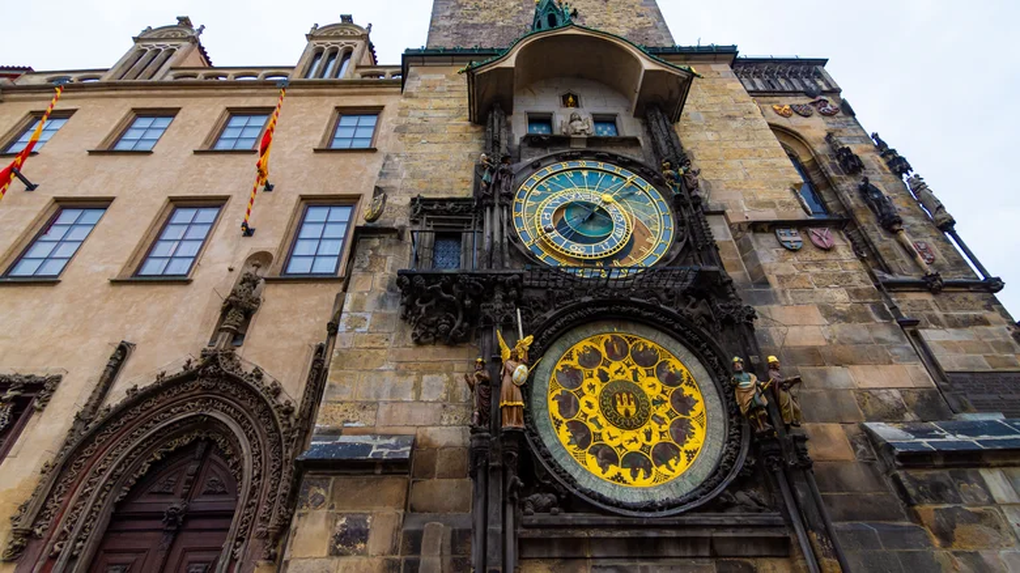The modern timekeeping system begins with a cesium-133 atom. When excited with the right microwave frequency, the cesium atom transitions between energy levels and emits a pulse. This process repeats exactly 9,192,631,770 times, and this number defines a second.
This is where atomic clocks come in. They emit microwaves in a vacuum, track when the cesium atoms resonate, and then lock onto that frequency.
Once the resonance is locked, the system counts each cycle and maintains alignment. This is the time base your phone displays. Even though it is filtered through multiple layers of infrastructure, the original reference remains unchanged.
Without it, GPS would collapse, financial networks would fall out of sync, and communication systems would lag and drift. This confirms that timekeeping is not just a formality, but actually the thing that keeps things running smoothly.

Time: A Moving Target
The interesting thing about timekeeping is that it is constantly evolving. Dozens of laboratories around the world operate highly accurate atomic clocks, each contributing data to a common system.
However, not everything is perfectly synchronized, and this is not necessary. Instead, the system compares the measured figures, takes into account the deviation, and keeps the average value stable.
That average value becomes Coordinated Universal Time (UTC) and is continuously updated, there is no single master clock.
The US, Germany, Japan and other countries contribute their data, and the combined signal is then transmitted around the planet via satellite, fiber optic cables, radio...
The goal is not to achieve perfect measurement at the individual level, but to achieve a consensus that can survive close scrutiny. The system is operated not just by physicists, but by a network of engineers, telecommunications technicians, and many other experts.
Every time your phone's screen displays the time, it gets its information from a hidden crystal oscillator that operates at a fixed rate. The oscillator's frequency can change with temperature, voltage, or age.
If a device is unplugged or offline for long enough, it will start to drift from real time. Even a few seconds of lag can disrupt encrypted messages or automated transactions. That's why modern devices constantly self-sync: because a day's drift can disrupt high-speed systems.
The future of time is not seconds
In short, timekeeping has always been about precise control, first by the sun, then by machines, and now by atoms.
But today’s research goes even further. There are new optical lattice clocks built around atoms like strontium or ytterbium, which tick 100,000 times faster than cesium. They’re precise enough to detect the change in gravity between your head and your feet.
That resolution is key to unlocking next-generation navigation systems that could rival Google Maps, synchronize low-Earth orbit, and monitor the Earth in real time.
Time can now detect tectonic shifts, sea level changes, and even predict volcanic activity, simply by observing how it flows differently under pressure.
We are also seeing time used to stabilize quantum computers, authenticate blockchain technology events, and fine-tune radio telescopes that scan the sky.
In these environments, even a nanosecond of drift is a complete failure, and that's when precision turns from an engineering oddity to a hard requirement.
You won't find them in your phone or watch, they're experimental, subtle, and hidden from view, but they're already transforming the foundations of modern technology.
Source: https://dantri.com.vn/khoa-hoc/tai-sao-do-thoi-gian-chinh-xac-lai-phuc-tap-hon-chung-ta-tuong-20250922090644411.htm




![[Photo] Soldiers guard the fire and protect the forest](https://vphoto.vietnam.vn/thumb/1200x675/vietnam/resource/IMAGE/2025/9/27/7cab6a2afcf543558a98f4d87e9aaf95)

































![[Photo] Prime Minister Pham Minh Chinh attends the 1st Hai Phong City Party Congress](https://vphoto.vietnam.vn/thumb/1200x675/vietnam/resource/IMAGE/2025/9/27/676f179ddf8c4b4c84b4cfc8f28a9550)
































































Comment (0)